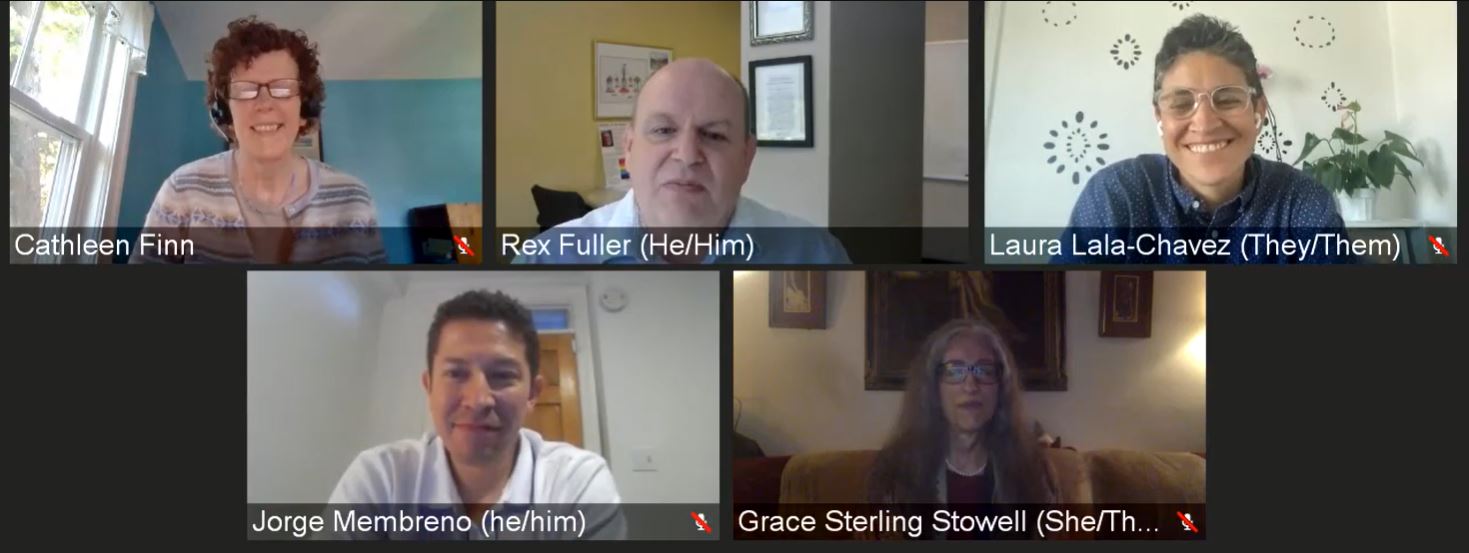We’re taking a week off from 5G in 5 and trying something new. In addition to videos, we’ll be rolling out a series of blog posts to spotlight innovators and entrepreneurs and their visions for the future regarding how 5G will impact various industries.
 For the inaugural post of the series, meet Alex Lee. He works at a venture capital fund in San Francisco and recently talked to us about how 5G will enhance the industrial sector.
For the inaugural post of the series, meet Alex Lee. He works at a venture capital fund in San Francisco and recently talked to us about how 5G will enhance the industrial sector.
Check out a new piece he did covering market trends that will drive early 5G adoption across the Industrial Internet of Things (IIoT) sector. In this blog, Alex discusses why the industrial sector is ready to use 5G, certain use cases for 5G in IIoT, and what consumers can expect. Here’s an excerpt from Alex:
Factories are already creating value using IoT technology on the existing 4G LTE network. When factories can tap into 5G and the benefits that come from faster speeds, lower latency, and greater capacity, it will unlock a suite of new use cases. These are four use cases that I am most excited about:
Self-driving – Autonomous vehicles is a commonly referenced 5G application because it requires high network bandwidth and latency. Self-driving applications aren’t only for public roads but also in industrial settings too. Autonomous forklifts in a factory and autonomous tractors in a mine are near-term applications.
Robotics – Most robots used in factories today are caged off because they are programmed to move in one fixed path. While co-bots exist in some factories, the slow reaction time limits use cases. 5G will enable co-bots to process data faster, adjust its path based on this new data, and complete the action so it doesn’t slow down the line.
Augmented reality – Better bandwidth through 5G means better quality resolution and less likelihood that an AR headset gets disconnected. Some factories are hesitant to adopt AR technology because of the large bandwidth required. 5G will solve this problem and enable factory workers to access data visualization or design specifications while on the line and in real time.
Smart grid – This includes power generation, transmission, distribution, and usage. The ability to manage a power distribution across a factory is complex as each link has different communication requirements. It requires real-time data streaming and insight to upcoming demand to ensure the line gets the power it needs. 5G will allow seamless communication between machines connecting smart grids.
Click here for more.
Also, if you haven’t seen it already, take a look at the latest – and just released – video from Faces of 5G, which highlights Big Shoulders Fund, a Chicago-based charitable organization that supports inner-city schools with innovative programming.




